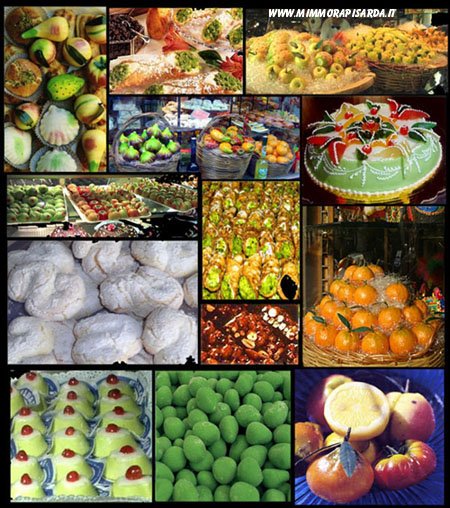
From Robin Hood to the Illuminati, to the Knight Templars : Conspiracy theories are always fascinating.
The black-hooded, Robin Hood-like, Beati Paoli waged a secret yet revolutionary struggle against the power of both the Catholic Church and the reactionary authorities. Located in Palermo and named after "Beato Paola," Saint Francis of Paolo, the Beati Paoli are a group of hooded "avengers" who (supposedly) defend the common people against the Inquisition, its spies, and the government. In 1071 feudalism was introduced in Sicily by the conquering Norman lord, Roger II de Hauteville [2]. As the nobles exploited their feudal rights in the centuries to come, so to did the Church, as it enforced its authority on the people via the tool of terror known as the Inquisition. Any action by the commoners that could be interpreted by the State or the Church as acts of treason or heresy was punishable by death. Such actions could be unauthorised assemblies or the formation of societies with goals that were divergent to those of the state/church regime at the time. In this environment, several secret orders and sects came to existence. One of the most famous, The Beati Paoli, was allegedly conceived to oppose both the church and the state, defending the commoners from the infringement of basic human rights by a tyrannical regime.
The Beati Paoli were a fraternity of secret knights head-quartered in the Capo district of Palermo; they use a vast array of tunnels, sewers and hidden passageways to secretly navigate the city. Due to the sensitive and dangerous nature of their work, they protected their identities by wearing black hooded cloaks and operated only at night. When they caught a suspect, they would bring him back to their underground refuge beneath the city of Palermo, where they would conduct a trial and execute their sentence.
History records that the Beati Paoli eventually faded from power as they failed to achieve their goals. But this is not so. The truth is that the Beati Paoli were but one manifestation of an ongoing struggle between conspirators in Sicily and the government, one which spanned not decades but centuries.
Since they were a secret society by definition, the Beati Paoli would not have sought publicity or left documentary proof of their existence.
In 1909 the writer Luigi Natoli gathered all the oral legends and the informations , and created a famous novel I Beati Paoli.
It is very difficult to establish the historical truth of this sect, but the setting is real: the old Palermo; mainly the area of "il Capo" market and its underground tunnels.
The famous "Grotta dei Beati Paoli" is an underground cave near the church of Santa Maria di Gesù, called S. Maruzza, where, as the story goes, the sect of the black hoods established its court. It was linked to several other underground tunnels being part of the compound of early Christian catacombs, still existing near the ancient Porta D'Ossuna. Do not attempt to find these places, it will be impossible to make your way through the labyrinths of Il Capo, besides, it is not the safest place to wander around without an experienced guide.
Whether or not the Beati Paoli really existed, we do know one thing as fact. That is, the existence of various underground tunnels and mysterious places, as large as the entire city of Palermo, have been built in the form of a huge qanat system constructed during the Arab period (827-1072). Many of the qanats are now mapped and some can be even visited today!
A walking tour of the Beati Paoli secret places is available each Sunday at 9:45am starting from Palermo's Cattedral. I am not sure if this tour is available in English, but considering the minimum cost of 6 euros, it might be worth checking it out! Booking is essential. Call Cooperativa Cagliostro tel.091 583218 - 091 334277
Underground Palermo - The Cooperativa Solidarietà, in collaboration with the local section of Club Alpino Italiano, organises guided visits to the qanats, or underground water channels of Palermo. The Qanat is an ancient piping system used for the draining and the transport of drinking water. It is an engineering technique introduced into Europe by the Arabs. You can tour both the Qanat Gesuitico alto (Fondo Micciulla) and the Qanat Gesuitico basso (Vignicella). Both offer amazing, recently discovered, paths though channels and underground tunnels. They can be contacted on +39 0916520067 or +39 091580433 or here. A walking tour of the Beati Paoli places is also available.
For those who feel inspired by our story, why not to indulge your palate at Ristorante Beati Paoli. Although not part of the alleged Beati Paoli underground tunnels, this restaurant is entirely inspired by this mysterious brotherhood. Inside, the dark stone walls create a faintly rustic atmosphere, but outdoor seating is also available most of the year.
A good article on the Beati Paoli can be found here.










